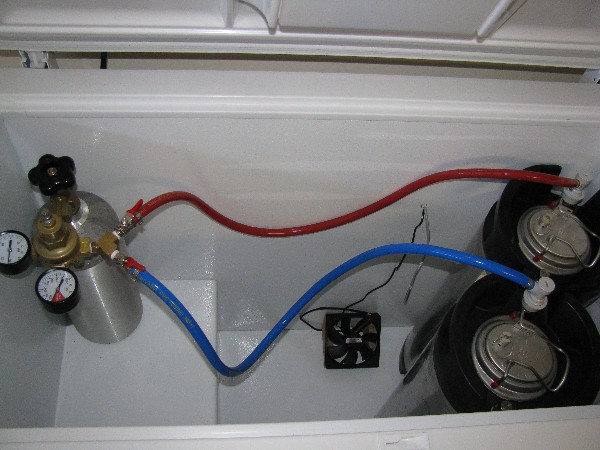So I plugged in my keezer for the first time yesterday evening. I have the Johnson A419 to control the temp inside, and the probe is placed inside a jar full of chopped up rice to keep temp more consistent and less prone to simple air temp fluctuations. The controller is set to 43F +/- 2F, and I set the freezer to it's coldest setting. I checked it last night and it was down to 41F, but the compressor had just finished being on. I woke up this morning to find the keezer at 37F! The settings all seem fine and probe is still firmly nestled in the jar with the chopped up rice, so I'm at a loss as to how the temp has dropped so precipitously.
The only thing I can guess is that the two kegs in there absorbed too much cold and are keeping the temp low OR that the freezer being on it's coldest setting causes too much cold to be created before the probe adjusts and realises the over cooling. The probe is on the opposite end of the keezer from the two kegs at the moment, but I think it's too much of a difference to really make sense.
The only thing I can guess is that the two kegs in there absorbed too much cold and are keeping the temp low OR that the freezer being on it's coldest setting causes too much cold to be created before the probe adjusts and realises the over cooling. The probe is on the opposite end of the keezer from the two kegs at the moment, but I think it's too much of a difference to really make sense.



